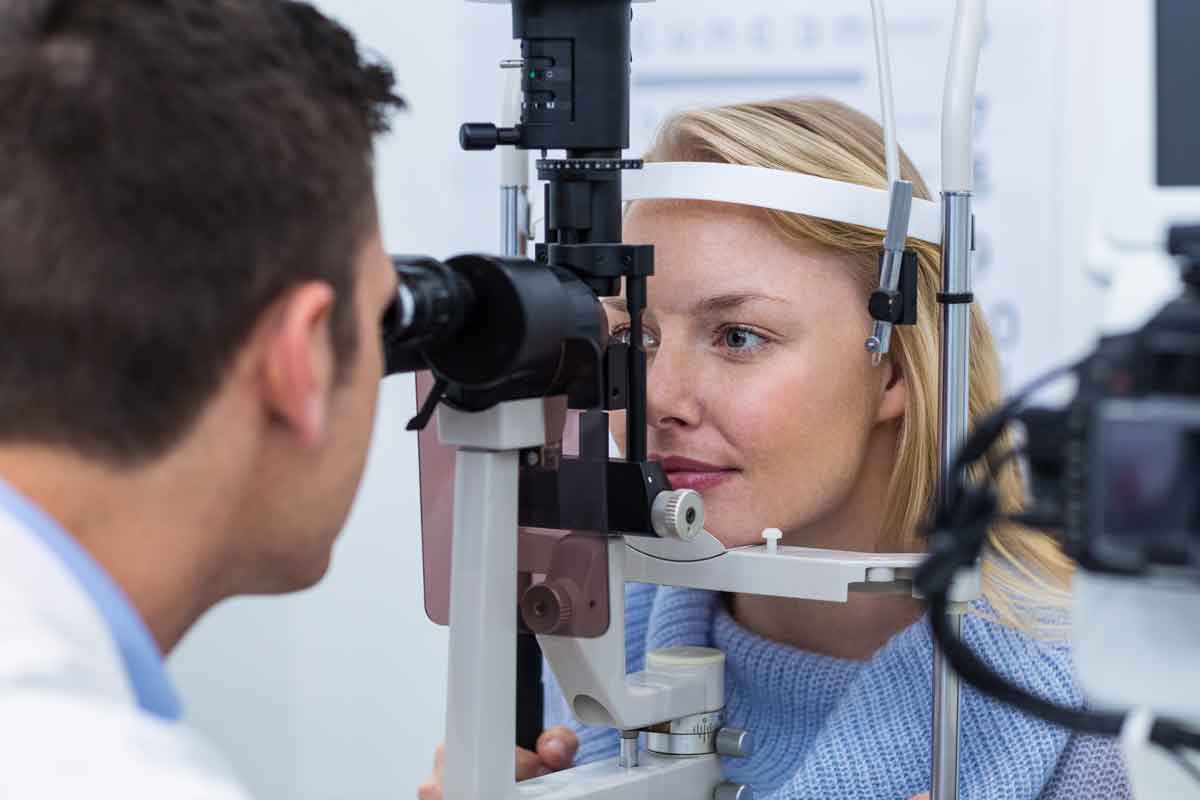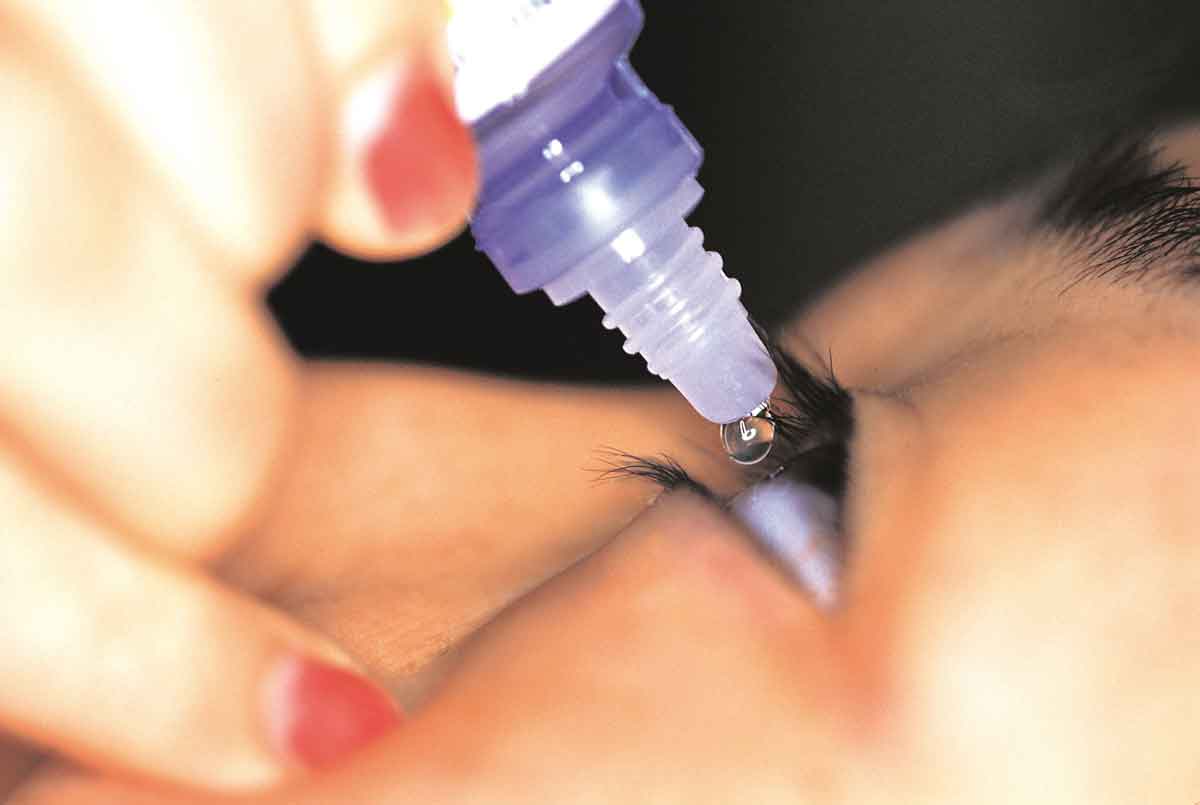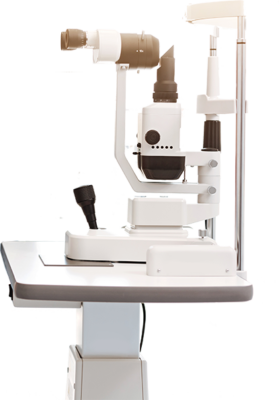Infants should have their first eye exam before they turn one according the the American Optometric Association (AOA). However, most children have their first eye exam much later. InfantSEE is a program that provides eye exams for infants for free!
Poor eyesight in infants can negatively impact not only their vision, but other important milestones too. Up to 80% of what we learn is through our eyes and vision. The time period of 6-12 months of age is an extremely critical for vision development. In order to achieve foundational developmental milestones, an infants vision needs to be intact and free from any abnormalities.
According to the AOA, 85% of preschoolers don’t receive their first eye exam until age 5. In order to improve this, the AOA has developed a program called InfantSEE to provide infants with a comprehensive eye assessment free of charge regardless of insurance or financial situation. Participating eye doctors are specially trained to screen for many abnormalities such as infant cataracts, eye turns, and even cancer. A trained optometrist also possesses special skills to accurately determine nearsightedness, farsightedness, and astigmatism and can even prescribe an infant glasses without ever having to ask “better one or two?”
The eye exam does not take long, as little as 15-20 minutes and can be done in a way that is fun and engaging for the child. If you have an infant age 6-12 months, schedule an appointment today!







